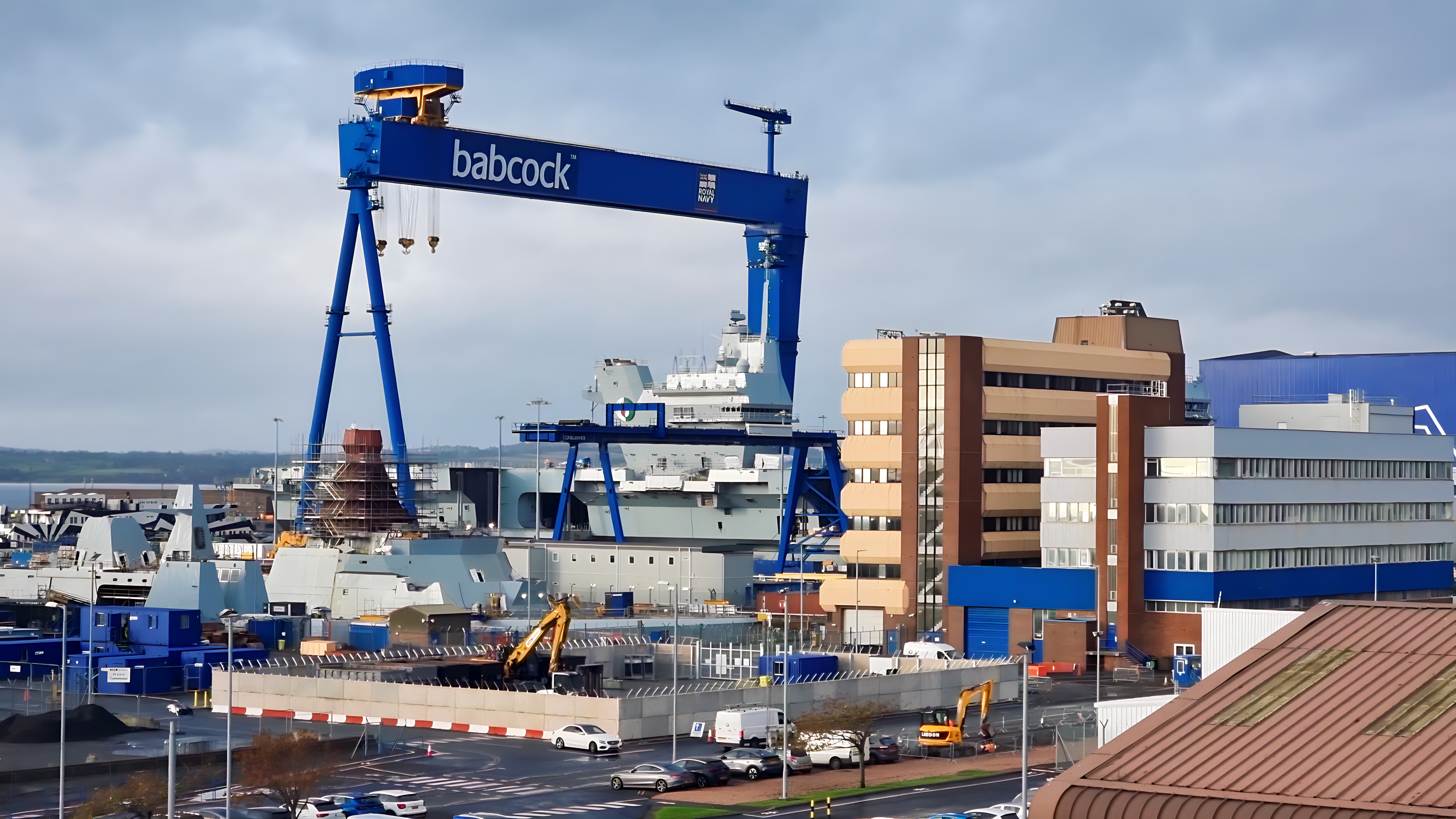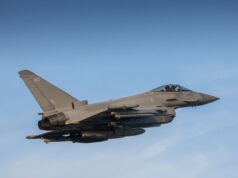The Ministry of Defence and Lockheed Martin UK have selected Thales as the preferred bidder to provide the RADAR and mission system at the heart of the Crowsnest, beating a solution proposed by Lockheed Martin UK themselves. The system will be fitted on AgustaWestland Merlin helicopters

The solution proposed by Thales involves repurposing the existing the Searchwater 2000 radars currently providing the AEW capability. Positioned below the aircraft fuselage, the rotating array gains an unobstructed view below, covering effectively. The system folds up to the side of the aircraft when not in operation. Thales plans to utilise this system for the new platform, using a modernised and updated radar along with its associated Cerberus mission system.
The programme is expected to see a total of eight AgustaWestland Merlin HM2 helicopters equipped with the systems, to replace the navy’s current fleet of aged Westland Sea King’s, which will begin to be retired from 2016.
Crowsnest will provide airborne early warning capability for the new Royal Navy supercarriers, providing long range air, maritime and land detection. Crowsnest will also be able to support wider fleet and land operations, replacing the Sea King’s Airborne Surveillance and Control capability that has been deployed on regular operations since 1982.
The MoD requires Crowsnest to be operational from when the last of the Sea Kings operating in the AEW/ASaC role are retired. Thales however says it can deliver a fully operational system 12 months ahead of schedule.
Lockheed Martin UK will now conclude the project’s £27 million assessment phase, supported by Thales and AgustaWestland, the manufacturer of the Merlin helicopter.
Philip Dunne, Minister of State for Defence Procurement, said:
It is essential that our ships and particularly our future aircraft carriers will have the best possible protection. The Crowsnest system onboard our new Merlin Mk2 helicopter will deliver an essential surveillance and intelligence capability, providing early warnings to our personnel of any potential threats.
The progress on Crowsnest complements the wider Queen Elizabeth Class carrier programme and shows that we are moving ever closer to providing this 21st century Carrier Strike capability for the Royal Navy.
Air Vice-Marshal Julian Young, Director Helicopters at the MoD’s Defence Equipment and Support organisation, said:
Crowsnest will form an integral part of future carrier operations and act as the Royal Navy’s eyes and ears, providing protection through early warning and surveillance.
We have accelerated our programme delivery strategy in order to sustain the capability seamlessly through our Merlin Mk2 helicopters as the Sea King Mk7 fleet retires from service in 2018, and we are confident that the programme will be delivered as planned.













Would of liked a v-22 osprey instead of merlin.
Why? Merlin gives much more flexibility as it can land on every Royal Navy and Royal Fleet Auxillary ship equipped with a flight deck. Osprey could only land on the 2 carriers and possibly Ocean. This is a proven system with minimal risks.
With eight Crows Nest kits stated as being supplied coinciding with the eight orphan Merlin HM1’s available to equip the Surveillance squadron sounds perfect.
We should have converted one carrier to cats and traps which would open up more possibility we could have had F16 E2D which are better that Crows nest we should ectromagnetic Aircraft Launch System (EMALS)
Your comment made me ill.